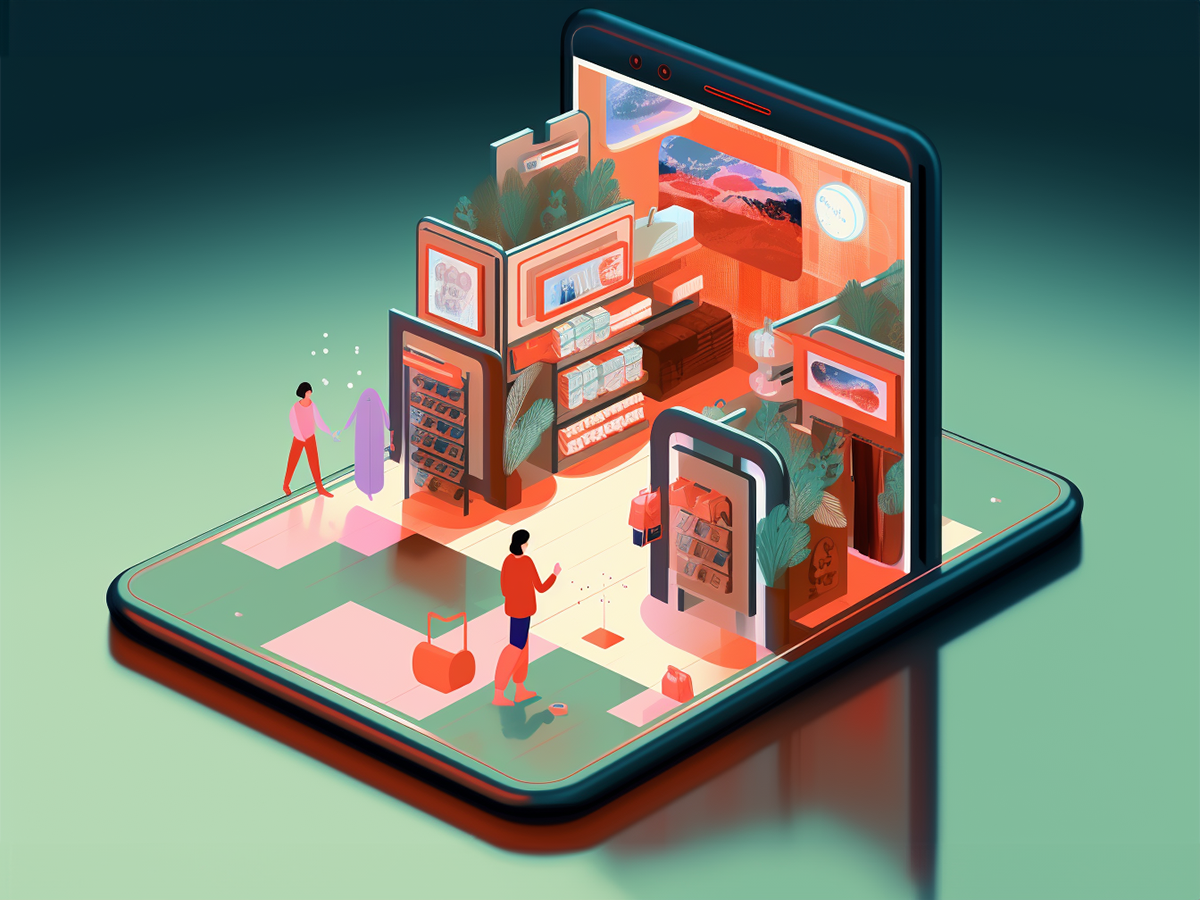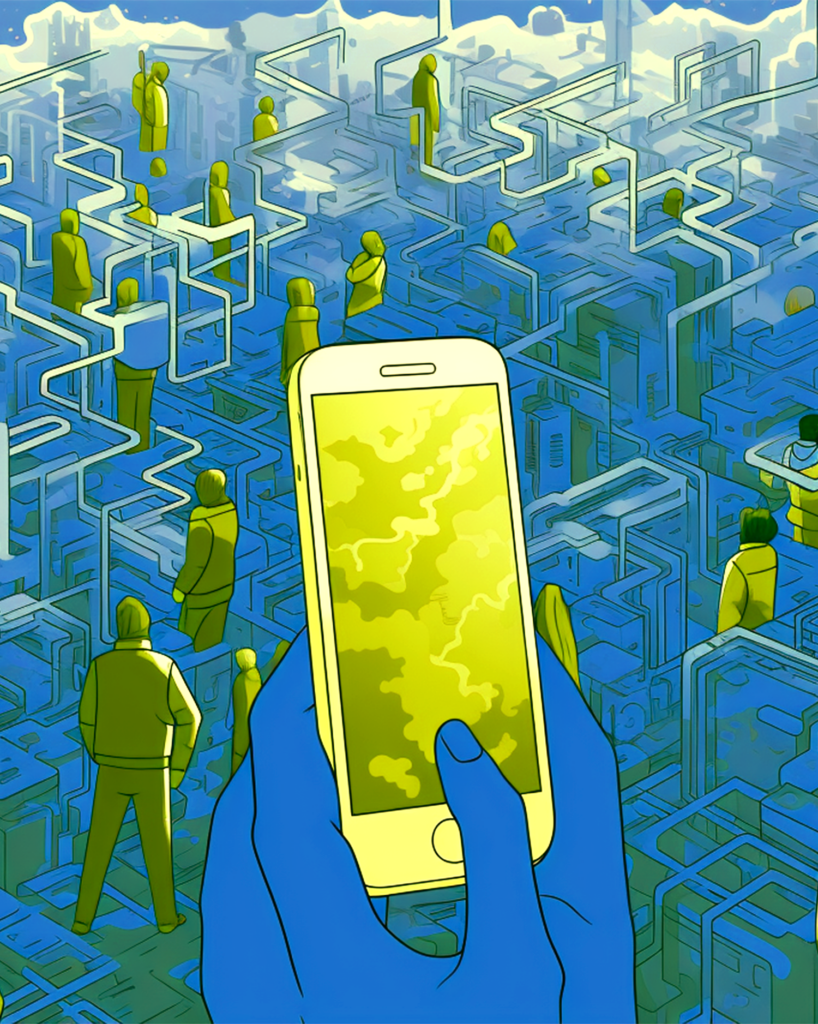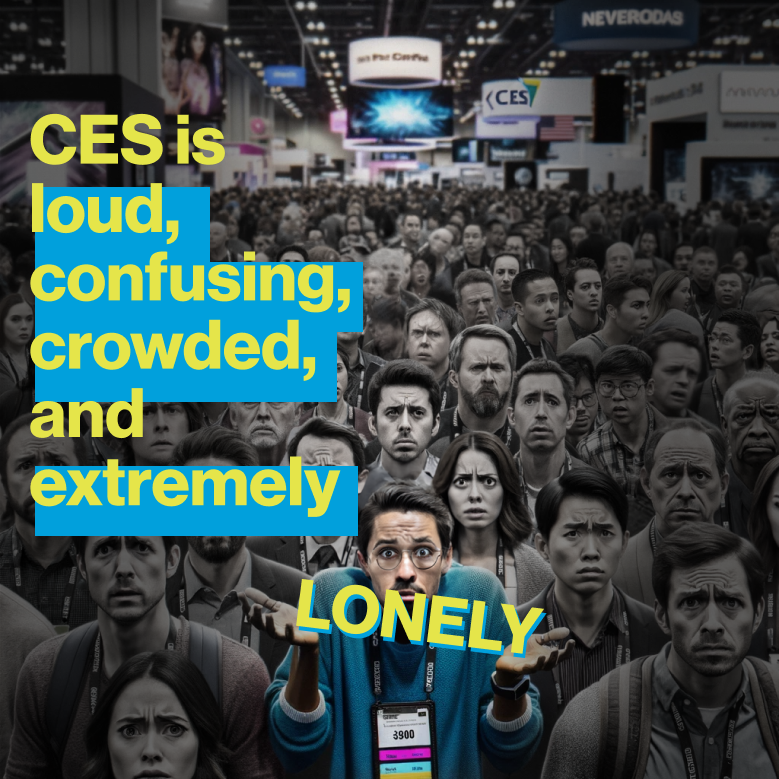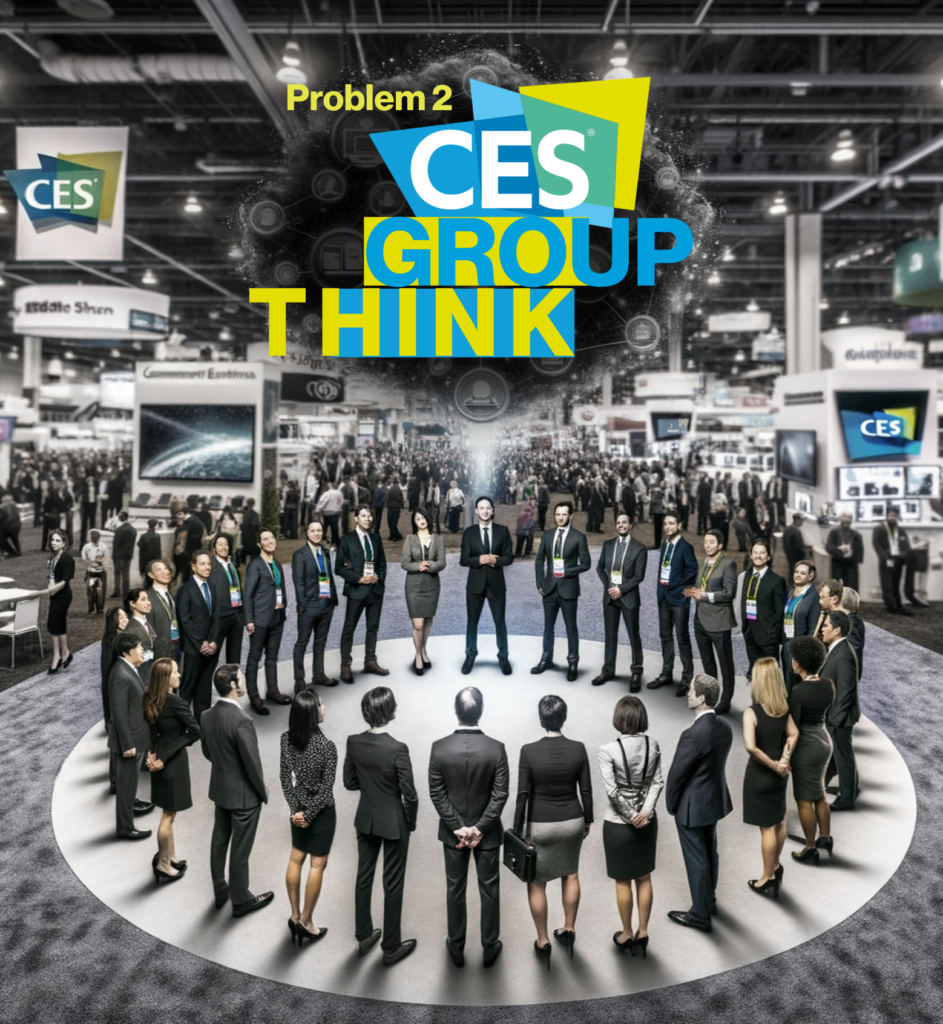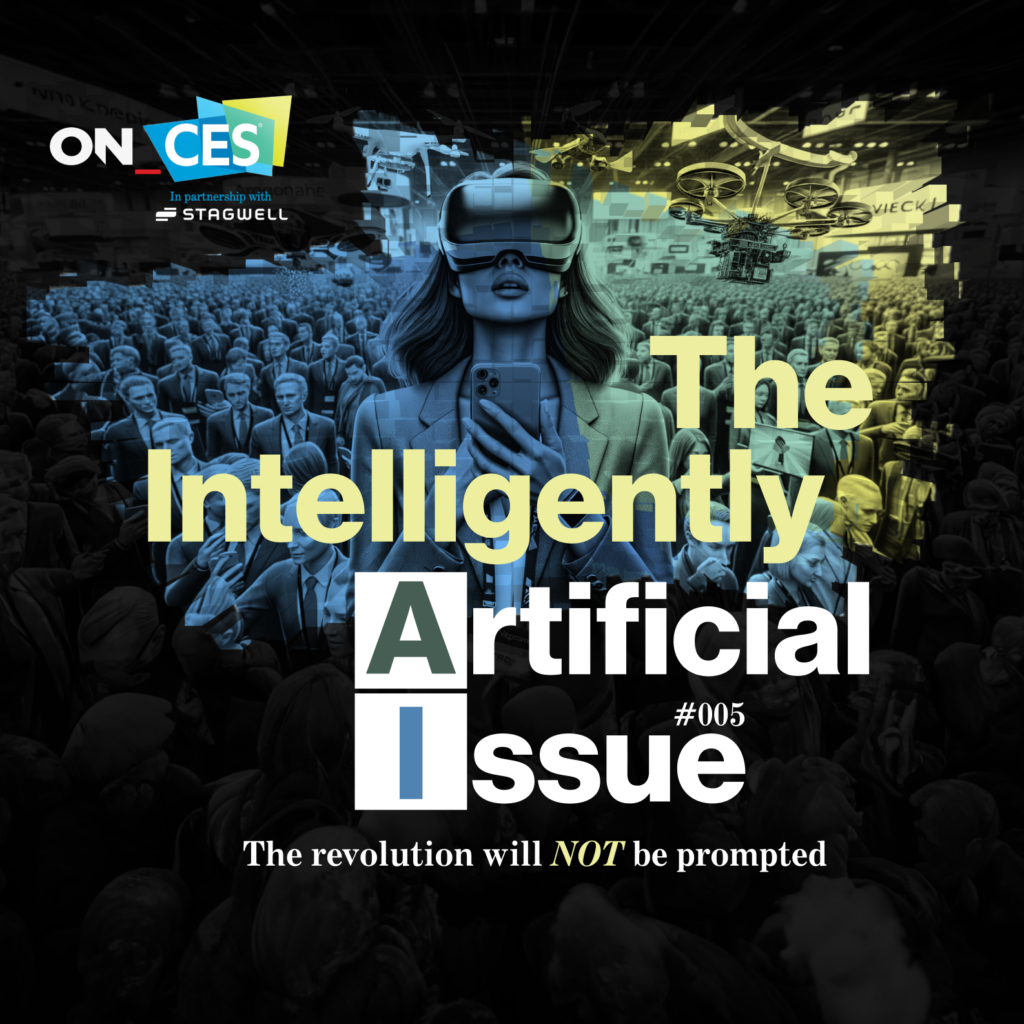Yes, here's how...
Invest in differentiated activation experiences - with AI’s help.
Think about the brands you trust and love—the ones you rely on to do a job better than any of their competitors. If they’re smart, they’re always looking for ways to grow their relationship with you by becoming more meaningful. The stronger their relationship with you becomes, the greater their margin and pricing power.
True brand power is a high CLTV to CAC ratio and customers who say, to misquote a line from Brokeback Mountain, “I can’t quit you.”
AI WON’T change this reality because we’re human and we want the decision shortcuts brands give us.
AI WILL exacerbate the need for brand relationship building and give brand marketers a powerful tool with which to do it.
AI WILL ALSO muddy the waters for brands fighting for differentiation, and a share of a consumers’ heart and wallet. There is a way around this.
Brands live on a continuum from branded commodities (oatmilk, sugar, etc.) to “n of 1” companies (Instagram, Carta, Slack, Apple, etc.). While AI will impact all of these brands, from their products to how they show up in the world, it’s the brands in the middle for which AI presents the biggest threat… and the biggest opportunity for innovation and relationship building.
So, how can brands differentiate in the AI era and how can AI help?
To answer this question, forget about technology and AI for a moment.
Human nature doesn’t change and marketers know what makes consumers tick. They also know their brand’s personality, how it lives in the world and the moments, outside of purchase, where a consumer might find the brand relevant or useful. This is basic brand activation, but done more thoughtfully so a brand can continue to endear itself to the consumer. (And if you’re thinking about activations as “personalized rewards” post-purchase, that’s cool… but that isn’t really this – or it isn’t all of this!)
Brand activation, especially the post-purchase “hours” of 8:00 PM to 12:00 AM on a brand strategy clock, help a brand break free from the sameness of AI-generated digital mind melds and put the consumer at the center to grow the relationship. Using brand activations, marketers can wrest control of AI and use it to their advantage via interactions that unlock contextual customer data and insights, which help marketers ideate ways for a brand to authentically show up in the world and be relevant in ways that extend beyond product use.
Strategic post-purchase brand activation builds a flywheel of engagement, a more efficient allocation of human and financial capital from advertising to brand engagement and, ultimately, to an increase in CLTV/CAC.
In brief, a brand team’s hard-won epiphany of how its brand is differentiated is communicated to the consumer in ways that reinforce past purchase behavior, incentivize repeat purchase behavior, and ideally make the brand part of someone’s life and perhaps their identity.
If you listen to Spotify, you were recently treated to their Wrapped experience. If you fly Delta, you just received a visual summary of all the ways Delta helped you in 2023—your most visited cities, flights, and upgrades. They also reminded you how they could help you in 2024. These weren’t fancy, but they were useful, relevant, and designed to meet the consumer, (me, in this case), where they are beyond the purchase moment.
These examples are only two of the countless ways a brand can authentically have a meaningful activation moment; the best ones will grow their relationship with the consumer. This is where AI insights can help. Traditional and social media channels can do this, but they can be expensive and aren’t designed to deliver the nuanced, relationship building, context that is possible here.
If you know me, you know I’m an early adopter who is always looking for ways to use technology to meet the consumer where they are. I look at AI as a tool to do just that. That said, there is no single “right” way to move forward, but move forward we must. After all, DVDs and CDs used to be billion dollar businesses until new technology came to town.
Even if you’re not 100% sold on the concept of AI-informed post-purchase activations and experiences, I urge you to entertain the possibility. It’s just good business.
By its very definition, a brand must be differentiated enough from its competitors to outsell its competitors.
To get the desired output of dynamic, differentiated positioning, you need dynamic differentiated input AND an ability to create connections between disparate elements. This is really hard to do—it’s a never-ending battle. There are conference rooms strewn with takeout containers and overfilled trash cans from weary product teams trying to win the war. (Coke vs. Pepsi, anyone?)
Unfortunately, differentiation isn’t enough. Today’s consumer faces a cacophony of SEO-driven messaging and data overload that threatens to water down the positioning born from years of brand research, insights, and takeout containers.
The instinct to use generative AI as a positioning tool shortcut makes sense and yet, it’s risky. Large Language Models (LLMs) are still relatively new and they’re currently processing and converting structured, unstructured, and dark data from everywhere without nuance or a critical eye. In other words, generative AI positioning is a regression to the mean and without a human’s watchful eye can be a melting pot of average.










